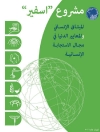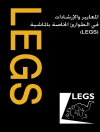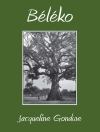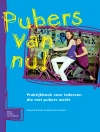In this book John Connolly and Paddy Dolan illustrate and explain developments in Gaelic games, the Gaelic Athletic Association (GAA), and Irish society over the course of the last 150 years. The main themes in the book include: advances in the threshold of repugnance towards violence in the playing of Gaelic games, changes in the structure of spectator violence, diminishing displays of superiority towards the competing sports of soccer and rugby, the tension between decentralising and centralising processes, the movement in the balance between amateurism and professionalism, changes in the power balance between ‘elite’ players and administrators, and the difficulties in developing a new hybrid sport. The authors also explain how these developments were connected to various social processes including changes in the structure of Irish society and in the social habitus of people in Ireland.
Inhoudsopgave
List of Abbreviations.-Preface.- Chapter 1: Introduction: Gaelic games in society.- Chapter 2: Gaelic games and player violence.- Chapter 3: Spectators, emotions and the individualisation of violence.- Chapter 4: The sociogenesis and development of the GAA: Centralising and decentralising tensions.- Chapter 5: The amateur-professional tension balance.- Chapter 6: The amplifying of professionalism and amateurism, and the emergence of ‘Player Power’.-Chapter 7: Integrating Irish youth, national identification, and diminishing displays of superiority.- Chapter 8: Cultural hybridisation as an essentialising strategy: The development of a new sport — International Rules Football.- Chapter 9: Conclusion: Some thoughts on contemporary developments.
Over de auteur
John Connolly is Senior Lecturer at Dublin City University, Ireland.
Paddy Dolan is Senior Lecturer in Sociology and Social Policy at Technological University Dublin, Ireland.












